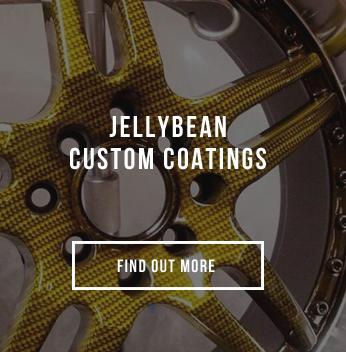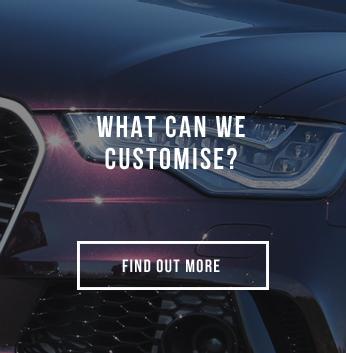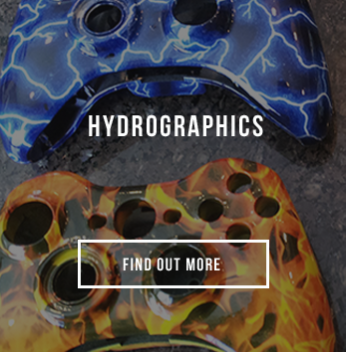"Fantastic Service and Great Result. My product is looking better than ever thanks to JellyBean Custom Coatings. Thanks again Guys!"
01738 551333
What happens during the Hydrographics coating process?
To cover/print your items with our Hydrographics coatings, the following steps in the process are carried out:
1. Bring us your item
After you’ve emailed us and accepted our quote, you can bring or send in your item, making sure it’s as clean as possible. (Don’t worry, though, if it still needs to be de-rusted or have coatings removed – we can help with this. See our Blasting section for details. Our technicians will inspect your product and advise of any necessary repairs prior to the coating work progressing, for information relating to automotive repairs please visit the link.)
2. Choose a design
You choose a design from our extensive catalogue or supply your own
3. Preparation
We prepare the surface, priming your item before painting.
4. Painting
Our expert custom-painters will then paint your item, using our high-spec equipment. Ground coat paints can include Mica, Pearl or Metallic effects, then at the end we can apply a tinted, sparkled, chameleon, scratchproof or special-effect clear coating.
5. Applying the Hydrographic film
Now your item is ready to be processed. A Hydrographic film, which has been printed with your chosen image, is carefully placed on the water's surface in the dipping tank. The clear film is water-soluble, and dissolves after applying an activator solution. Once dipping is begun, the surface of the water will allow the pattern to curve around any shape.
6. Removal and rinsing
We remove the item from the dipping tank and thoroughly rinse off any residue. (The ink has already adhered and will not wash off.)
7. Drying item and it’s ready to take home
We leave your item to dry, then it’s ready for you to collect, or we can send it back to you.
If you’re interested in transforming an item or collection of items, don’t hesitate – contact us today on enquiries@jellybeancustomcoatings.com, visit us on Facebook or call 01738 551333 to discuss your requirements.
What kinds of materials and items can be coated using Hydrographics?
Films can be applied to all types of materials, or substrates, including plastic, glass, wood, stone and ceramics, and metal. Generally speaking, if the item can be dipped in water and can be painted using traditional techniques, then the Hydrographic printing process can be used on it.
As you can imagine, that variety of materials means a huge variety of items in all sectors of life, including Sports & Recreation, Medical, Automotive, Aerospace, Military, Electronics, Film & TV, Gaming, Homes & Interiors and Security.
How does the adhesion work during the Hydrographics process?
The adhesion happens when the chemical components of the activator that we use softens the base-coat layer and allows the ink to form a bond with it. To make sure that we achieve the perfect adhesion between the two layers, we are scrupulously exact in the amount of activator we use, neither too much nor too little.
See our Quality information to learn more about the exceptionally high quality of our products.
Find out more about how Hydrographics can transform your item
To find out how this exciting technology can transform your item(s), contact us today on enquiries@jellybeancustomcoatings.com, visit us on Facebook or call 01738 551333. We welcome enquiries from individuals, business and manufacturers.






